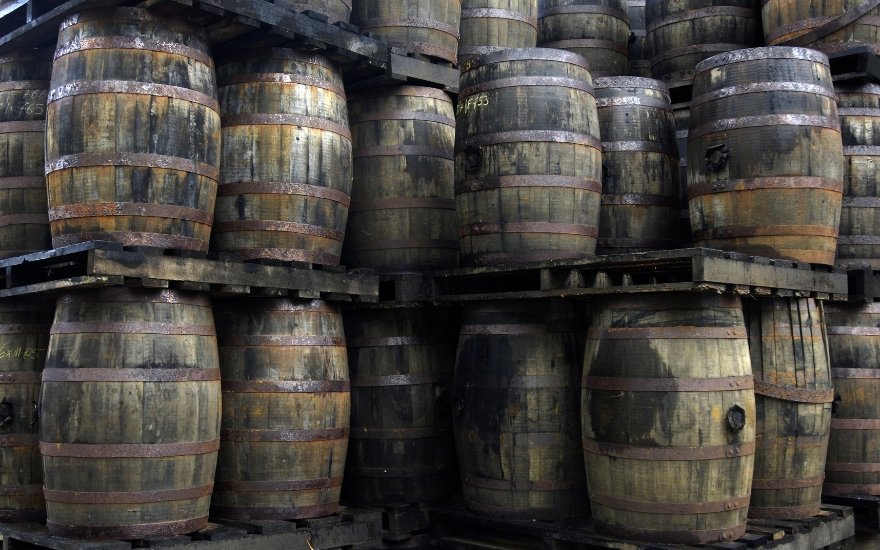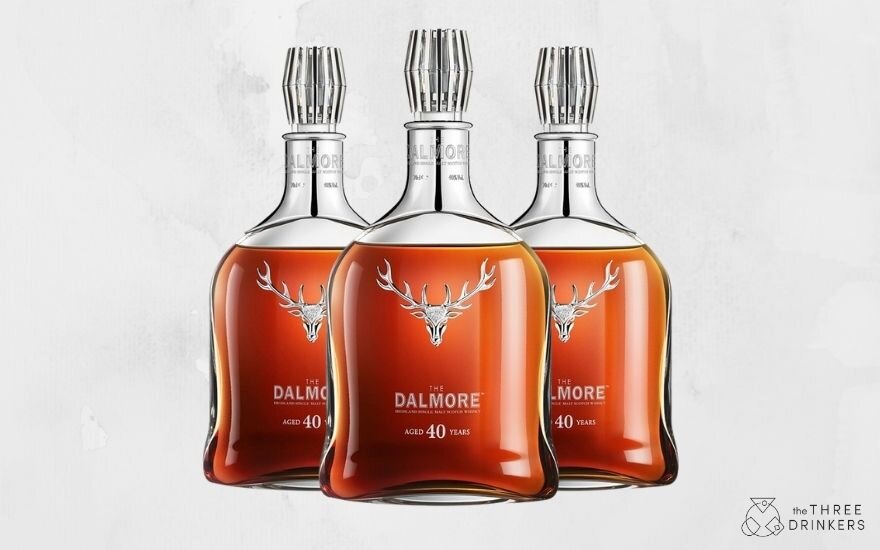Investment in spirits is a tricky business. So many bottles are released, and not all of us can afford rare editions of Macallan. There are bottles however which don’t cost the earth and are definitely worth looking out for, a few of which I will mention below.
What to think about when investing in whisky
Research is key, for example, finding out when a new distillery might be releasing its very first bottling. Or entering ballots, for example for Daftmill which is sold through Berry Bros & Rudd. Limited editions from new, popular distilleries like the distillery special from Raasay released recently, or single casks from distilleries that have new ownership like GlenAllachie are all great choices. You should be able to find these types of bottles for under £100 or depending on any age statements, along the lines one would expect for their age. These new bottlings are exciting as we see different distilleries bear fruit and some become new cult distilleries.
Which Whisky is Best to Invest in?
Looking back to the old world of whisky, there is a collection of whiskies that may not continue for much longer. It’s just a rumour, but the Flora and Fauna range from Diageo may not be around forever.
The bottles were produced in fairly large numbers for limited editions, but they were delicious and priced very well, so everyone drinks them. I certainly do. My favourites are the Benrinnes 15 year old and Dailuaine 16 year old.
The interesting thing about this range is that there are many distilleries, that other than being in this range, have no other official bottlings. For example, Authroisk, Glenlossie, Stathmill, Glen Spey, Teaninich, Inchgower, Mannochmore, and my aforementioned favourites are all exclusive to this range.
There are two previous distilleries that used to be part of the range which now have to be found at auction. Mortlach produced a cult 16 year old. I bought my last bottles in the Cost Cutter in Dufftown quite a few years ago now for £36 each on a special offer. They now command well over £200 at auction. I drank mine some time ago though! And for a very short time, Speyburn was released, until the distillery was sold to Inverhouse distillers in 1991. These bottles sell for well over £2000.
Now, I’m not saying the remaining distillery bottles will reach those heights, but the range is known and will become sought after if discontinued. And if not, then you’ll have some very good, interesting and delicious whisky to drink.
Which Rum is Best to Invest in?
Away from the world of whisky, there is rum. Like whisky, closed rum distilleries are becoming very popular. Caroni for example is booming at auction and is now difficult to find. If you have any, I’d hang onto it. Then there are high-ester rums which seem to be popular. Like (dare I say it), my namesake Hampden. The ester levels in Hampden rum have designated letters associated with names and ester levels. Hampden marks are:
OWH Outram W. Hussey 40-80 esters
LFCH Lawrence Francis Close Hussey 85 – 120 esters
LROK Light Rum Owen Kelly 200-400 esters
HLFC Hampden Light Continental Flavoured 500-700 esters
<>H Hampden 900-1000 esters
HCML Hampden George MacFarquhar Lawson 1000-1100 esters
C<>H Conintental Hampden 1300-1400 esters
DOK Dermnot Kelly-Lawson 1500-1600 esters
The highest ester numbers are used as blending components in rum and are not usually meant to be bottled as a single mark, however in recent years, some are bottled. The rum aficionados seem to love them, and they tend to do well at auction. Rums with tropical aging rather than continental aging (unless for a very long time), also do well.
All of the above, are ideal for collecting at a more affordable level. The above are only pointers. though, not prophecies, and values, like with all investments and collections can always go down as well as up. Like any collection or portfolio, breadth is the key. It’ll be interesting to see what happens in 2023. Times are certainly uncertain.
Berry Brothers & Rudd Daftmill
If you’d like to read more about our recommended bottles of whisky and rum then click here.
Words by Colin Hampden-White



































